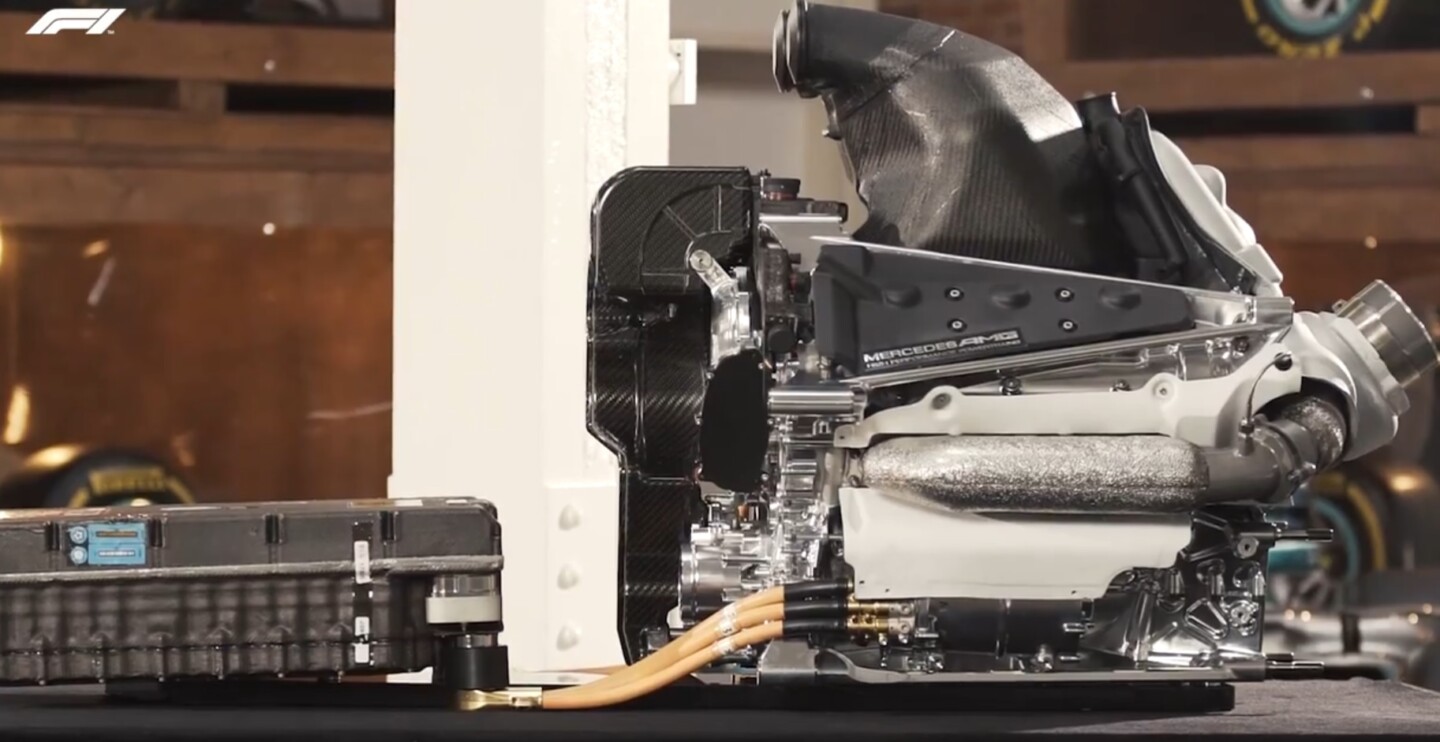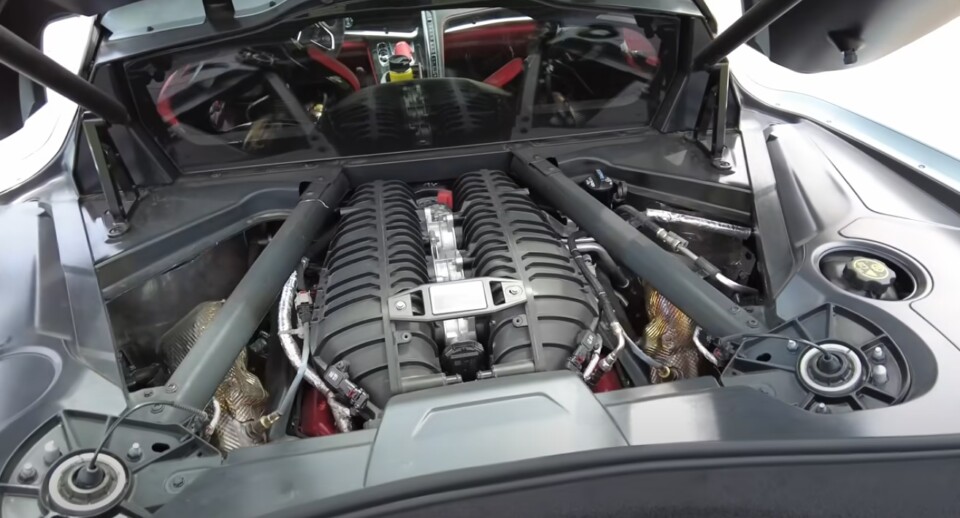Hypercar, supercar, drag car, time attack car, touring car… Automotive enthusiasts can argue all day about which style of racing has the superior engine design, but they all seem to agree upon one thing: Race homologation regulations will always find a way to stifle the true potential of racing engines, even these seemingly unrestricted hypercar engines.
Some blame it on officials wanting to level the playing field and make the race a nail-biter for everyone. Others say it is done for safety purposes, as keeping the track devoid of mechanical mishaps is just as important as keeping maintenance within the pits error-free.
Whatever the reasoning, the world of racing receives more and more restrictive regulations with each passing season, especially when it comes to race engine operation and fuel consumption.
But just like no two race styles are the exact same, so too are the governing bodies that oversee these sorts of things. Certain forms of racing still allow a little more wiggle room than others. And no, we’re not talking about that demolition derby you’re planning on attending next Thursday night down at the local dirt track.
We’re talking about the mish-mash that is Le Mans endurance racing.
Compared to something as “carbon copy” as say Formula 1 engine designs, the hodge-podge of powerplants found within endurance race cars is as diverse and creative as a dinner party with Salvador Dali.
It may sound like a bold, mustached statement, but it is one that is supported by a recent comparison video released by Engineering Explained, where Formula 1 engines were pitted against Le Mans hypercar engines. Within the video both strikingly different, yet equally hobbled forms of race engine were put on display, with the Le Mans hypercar portion of the paddock being of particular interest.
Why? Because big-ass V8 GM motors kick asphalt.
Formula 1 Engines FTW… A Really Predictable Win
When it comes to Formula 1 engines, and how they are calibrated for race day, there is one major modern restriction that must be measured above all others: Fuel flow limits.
Forget the fact that all of the engines used nowadays are a 1.6-liter 90-degree V6 hybrid of some sort or another. If you’ve got a limiter that doesn’t allow you to run more than 100 liters of race juice per hour, you’re going to need to implement some serious strategic skill. Not just when you are going flat-out on track either, but when it comes time to refuel, time pit stops, and know when to lay off that throttle.
Widely criticized at first, and still despised by many, fuel flow limitations have changed the way F1 racing takes place for quite a few years now. Essentially, this restriction serves as a form of fuel flow monitoring. One that rewards race teams with more power if their vehicle is operating at near optimum efficiency levels. So yes, strategy definitely plays a crucial role here.
While electronically assisted torque makes up for some of this loss, walking the tightrope between efficiency and performance adds a whole other level of complexity to the sport. Drivers who excel in bridging the void between too much throttle and not enough power are forever at the forefront, whereas in the past no one gave a flying turd about how much petroleum they were pumping at any given moment.
But as with all things in Formula 1, driver skill is only part of the regularly scheduled program. Weather and fiascos permitting, the most over-engineered F1 car in the paddock any given weekend is more than likely going to dominate the field, and potentially the entire race season. Which is why those dominant dynasties mentioned in the video spanned so many years.
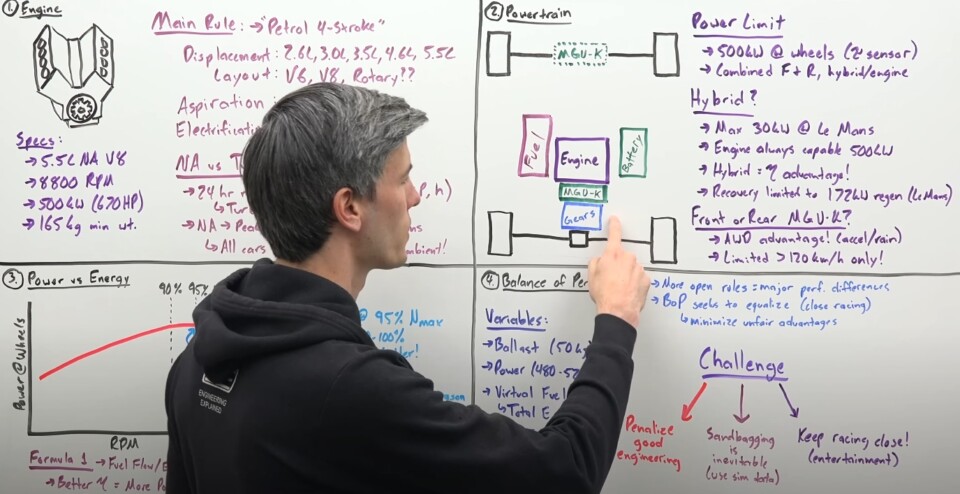
When Engineering Explained founder and YouTuber, Jason Fenske, attended his first 24 Hours of Le Mans race event recently, he was given a full-frame look at what makes some of the slickest “powertrain strategies” utilized in the sport today tick. Photo Credit: Engineering Explained/YouTube
Le Mans Hypercar Engine Class is Now in Session
Compared to Formula 1, a Le Mans team is allowed a crap-ton of room to play with the hypercar engines. Not just in their displacement levels and design, but in their ability to burn fuel as well. The primary rules here are simple: The vehicle has to rely primarily upon petrol, have a four-stroke combustion and compression cycle, and be deemed safe enough to hit the tarmac.
While there are other limitations in play, that’s about it for the general requirements. Naturally, this opens the gates to a bevy of different engine options for Le Mans hypercar teams. The result is a field flooded with everything from high compression, low displacement engines, to one-off rotary units, with twin-turbo V6 motors, and big-ass V8 American muscle topping things off.
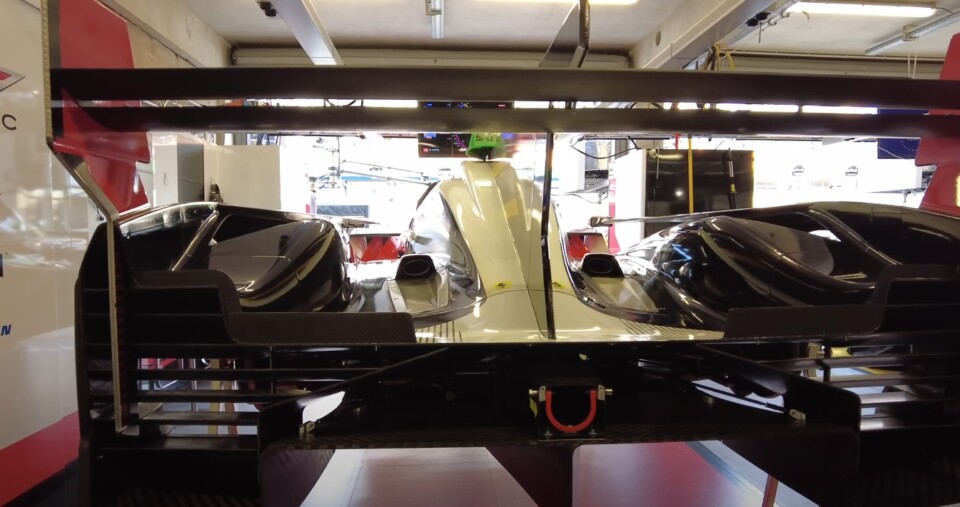
Unlike “Snore-mula 1,” the hypercars circling the track during a Le Mans endurance race are pretty much free to plop any old engine they like inside the chassis. At least, within reason. Photo Credit: Engineering Explained/YouTube
Whichever direction you choose, the trick to having a really quick Le Mans hypercar is to keep those hypercar engines within the sanctioned 480 kW (644 horsepower) minimum and 520 kW (697 horsepower) maximum power figures. These figures should be achieved at 95 percent of your peak RPM powerband, wherever that may be within the vehicle’s acceleration range. Try to be sneaky and squeeze a bit more out of that engine, or simply screw around and rev too hard, and that race marshal monitor will shut your engine down faster than a stuck-up sorority girl at a swap meet.
Oh, and then there’s the whole “Balance of Performance” portion of the Le Mans hypercar puzzle. Like fuel flow limitations in Formula 1 racing, this form of checks and balances levels the playing field by adding up to 50 kilograms of dead weight to more powerful vehicles. This explains how certain race teams can get away with having upwards of 520kW on tap. Meanwhile, less powerful cars typically generate around 480kW at the wheels but tend to be a bit more nimble due to not having any ballast on board.
Additionally, something called a “virtual fuel tank” allows race officials to control the amount of fuel being taken on during a pit stop, thus leveling the playing field further for those who are running hybrid battery powertrains. Refueling times are also lengthened for hybrid race cars, as this forces them to take the same amount of time to gas up as their purely petroleum-powered competitors.
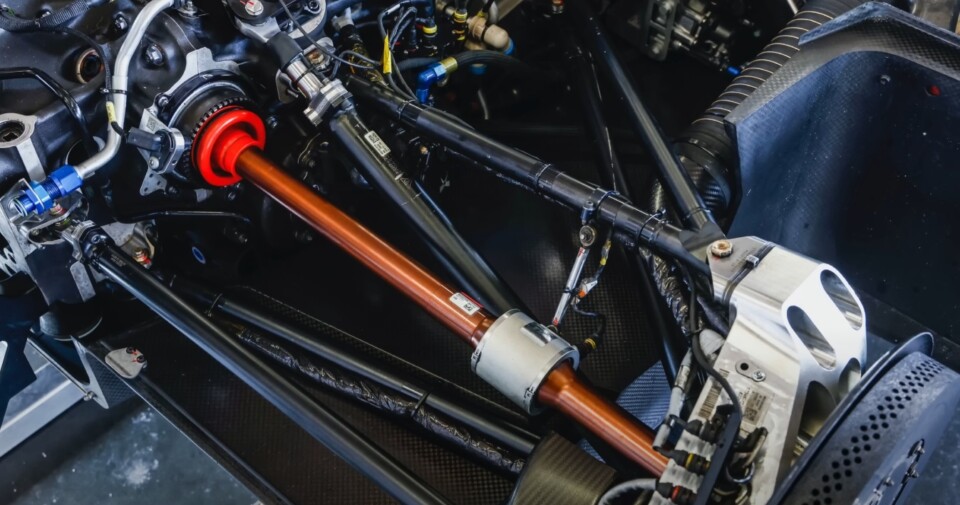
Sandbagging is a constant concern, which is why race officials affix sensors to each axle, thus making for a far more fair and competitive race. Photo Credit: Engineering Explained/YouTube
Transmission-wise, race regulations require that Le Mans hypercar teams be limited to two dedicated gear sets per vehicle. These predetermined gear sets are what will be utilized throughout the duration of the race season. So to make the race season a success, knowing the vehicle’s strengths and weaknesses is just as crucial as charting the course ahead and selecting the appropriate gear set for that week’s track. Like tire compounds, this choice depends heavily upon track conditions, driver preference, and the configuration of the track itself.
For as confusing as all of this may sound for those that are just starting to learn about the Le Mans series, it makes for damn good viewing and a far more unique experience than “carbon-copy” racing. Plus, have you seen these LED-lit machines hooning the track at night? That’s some serious space-age stuff right there folks.
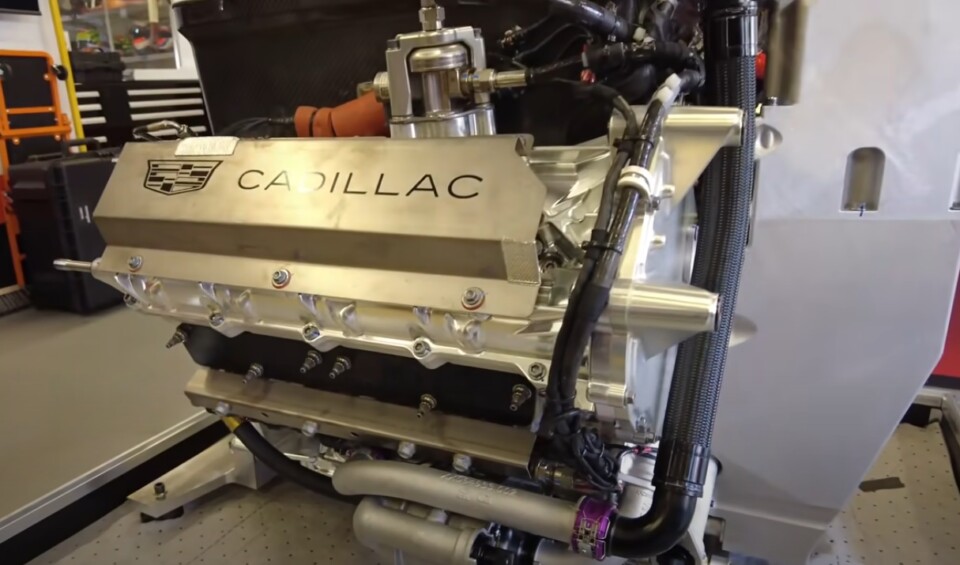
The rulebook for Le Mans hypercar engines has very lax regulations regarding the form of engines that are utilized within these race cars. Photo Credit: Engineering Explained/YouTube
Today’s Hypercar Engine Lesson is Brought to You By Cadillac
Cadillac’s naturally aspirated, 5.5-liter V-LMDh V8 hypercar engines used in its race programs may have begun life as just another LT6 ZO6 Corvette engine, but Le Mans regulations and race day requirements have transformed it into a very different motor.
While a whole bunch of endurance-oriented modifications have forced the V8 to become far more efficient, it still retains the 670-horsepower figures it came with straight from the factory. These power numbers remain unaltered for a reason too, as they translate to a Le Mans-mandated 500kW maximum power rating for the vehicle’s class.
These power figures that must be measured at the wheels, and nowhere else mind you. Figures are registered and reported live to race officials via a series of specialized torque sensors that have been affixed to each axle.
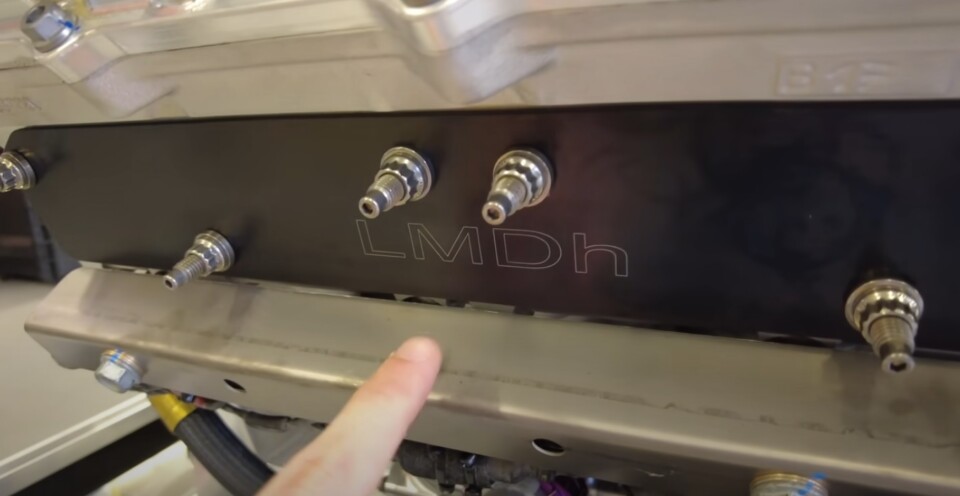
The homologation that goes into Cadillac’s 5.5-liter V-LMDh V8 Le Mans hypercar engines is pretty damn impressive. It’s a hybrid powerplant, with both the engine and battery bolting straight into the 7-speed sequential gearbox-equipped transmission. This allows all of the power to hit the rear wheels, as well as jump up front when electricity is required for a faster turn-in. Photo Credit: Engineering Explained/YouTube
As for the chassis integrated hybrid system, that is limited to 30kW, making it more for efficiency than raw animosity. In fact, this battery only kicks on when the vehicle hits 120 kilometers per hour, thus negating any low-end performance perks associated with this sort of hybrid configuration.
Remember, this is endurance racing we’re talking about here, so having that last splash of race fuel on hand can spell the difference between a podium finish and a stalled race car wreaking of spent fumes on track. Fewer pit stops matter as well, as each stop increases the risk of human error, either by the driver or a member of the pit crew.
A Big Ass V8 Wolf in Black Sheep Clothing
Finally, it is worth noting that Cadillac’s Le Mans V8 is the only engine in the field that is naturally aspirated this year, making it a beast of a black sheep within the force-fed flock.
While avoiding forced-induction disasters was a rational reason for Cadillac to decide to skip spool entirely, there was a far more practical purpose behind this move. A big N/A V8 can far more easily stay within the sanctioned 500kW power range, especially when cooler night temps provide denser charges of air. All that Cadillac’s engineers have to do is load a set tune into the ECU and then allow the engine to self-adjust accordingly as the race continues. This results in the engine operating at peak performance, all while remaining within the mandated power requirements.
Ditching the flat-plane crank for a cross-plane unit was one other peculiar move that Cadillac made this year. Apparently, this gives the car an additional 200 ticks of rev limitation over the stock rotating assembly. It also is far less likely to fail after 20-plus hours of nonstop endurance racing.
And yes, the engine itself is structural and helps tie together a multitude of components toward the rear of the race car. Yet another reason why Cadillac opted for a cross-plane crank over the stock flat-plane unit, for it eliminates much of the vibration absorbed through the chassis.
Explanation complete, we now turn to see how all of these unusual engine modifications are going to play out for Cadillac and its Le Mans hypercar race program this year. Win or lose, we get the feeling it’s going to be one hell of an awesome season no matter what!
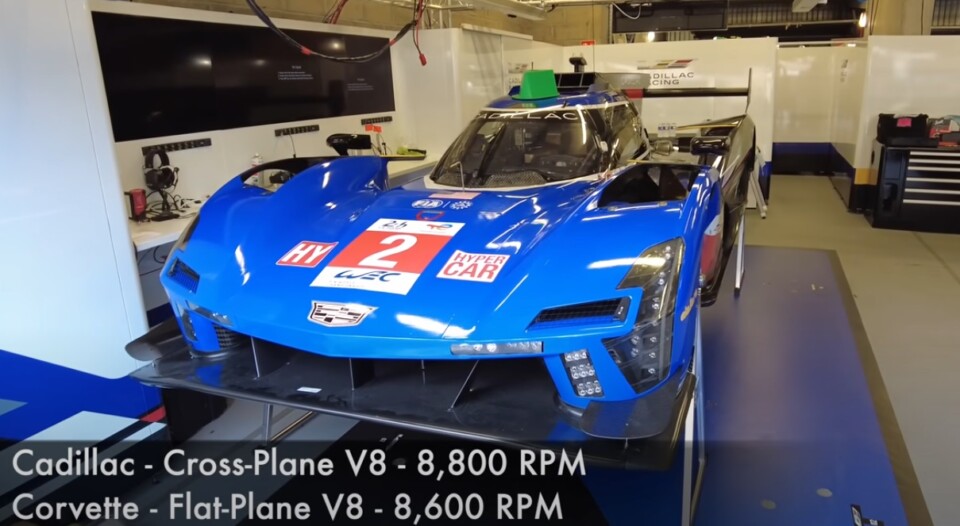
Petrol-powered, 4-stroke hypercar engines are the only option that is permitted in Le Mans racing. powerplants range from 2.6-liters, all the way up to the Cadillac 5.5-liter V8. V6, V8, rotary, naturally aspirated, turbocharged, supercharged, electrified hybrid… it doesn’t really matter as long as it’s a 4-stroke engine. Photo Credit: Engineering Explained/YouTube





